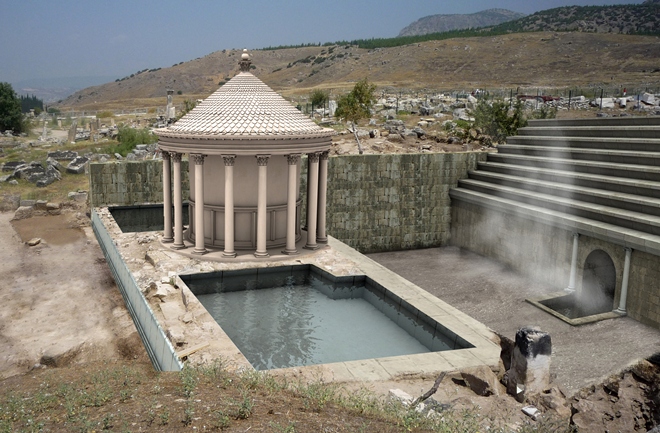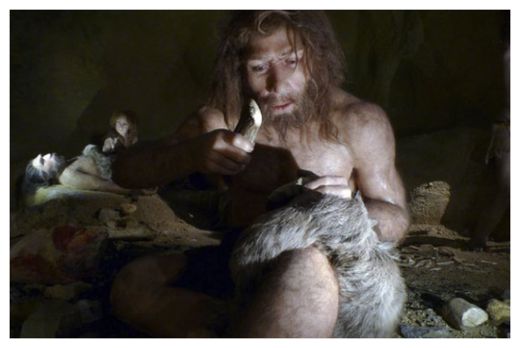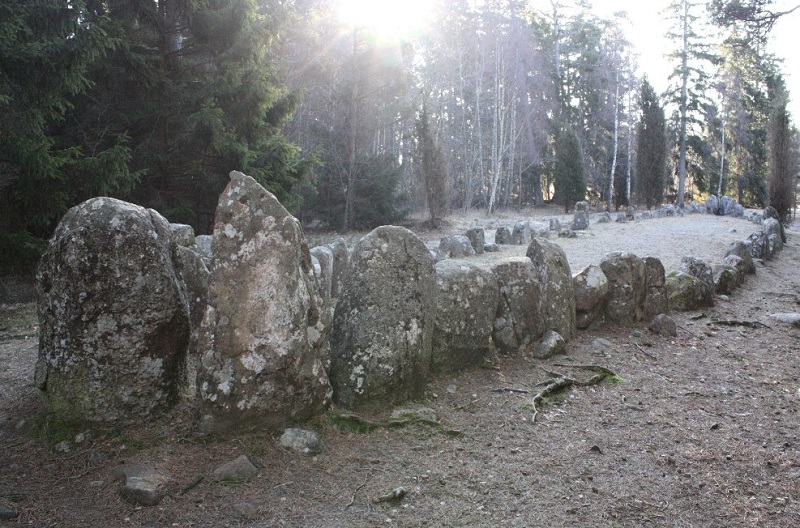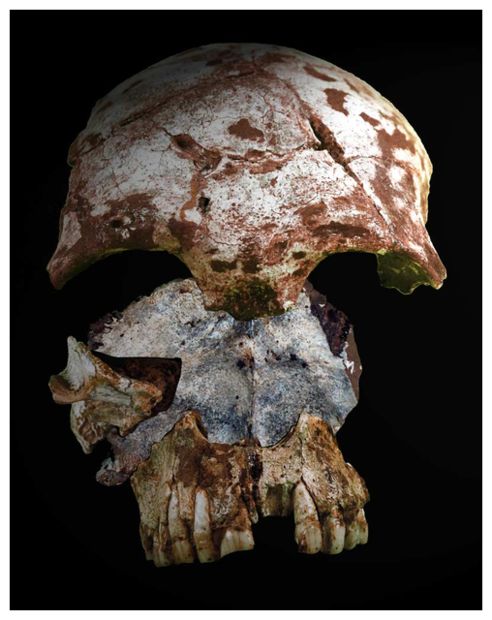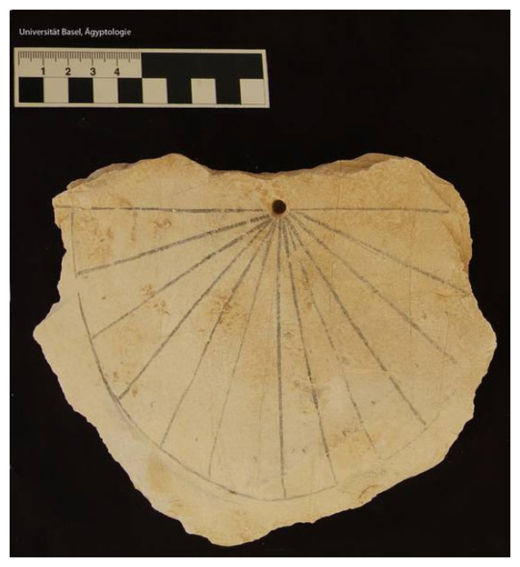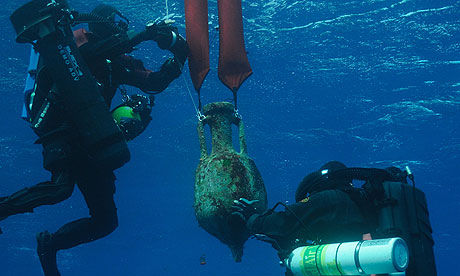
But we should, according to a group of academics who say the Bard was a ruthless businessman who grew wealthy dealing in grain during a time of famine.
Researchers from Aberystwyth University in Wales argue that we can't fully understand Shakespeare unless we study his often-overlooked business savvy.
"Shakespeare the grain-hoarder has been redacted from history so that Shakespeare the creative genius could be born," the researchers say in a paper due to be delivered at the Hay literary festival in Wales in May.
Jayne Archer, a lecturer in medieval and Renaissance literature at Aberystwyth, said that oversight is the product of "a willful ignorance on behalf of critics and scholars who I think - perhaps through snobbery - cannot countenance the idea of a creative genius also being motivated by self-interest."
Archer and her colleagues Howard Thomas and Richard Marggraf Turley combed through historical archives to uncover details of the playwright's parallel life as a grain merchant and property owner in the town of Stratford-upon-Avon whose practices sometimes brought him into conflict with the law.
